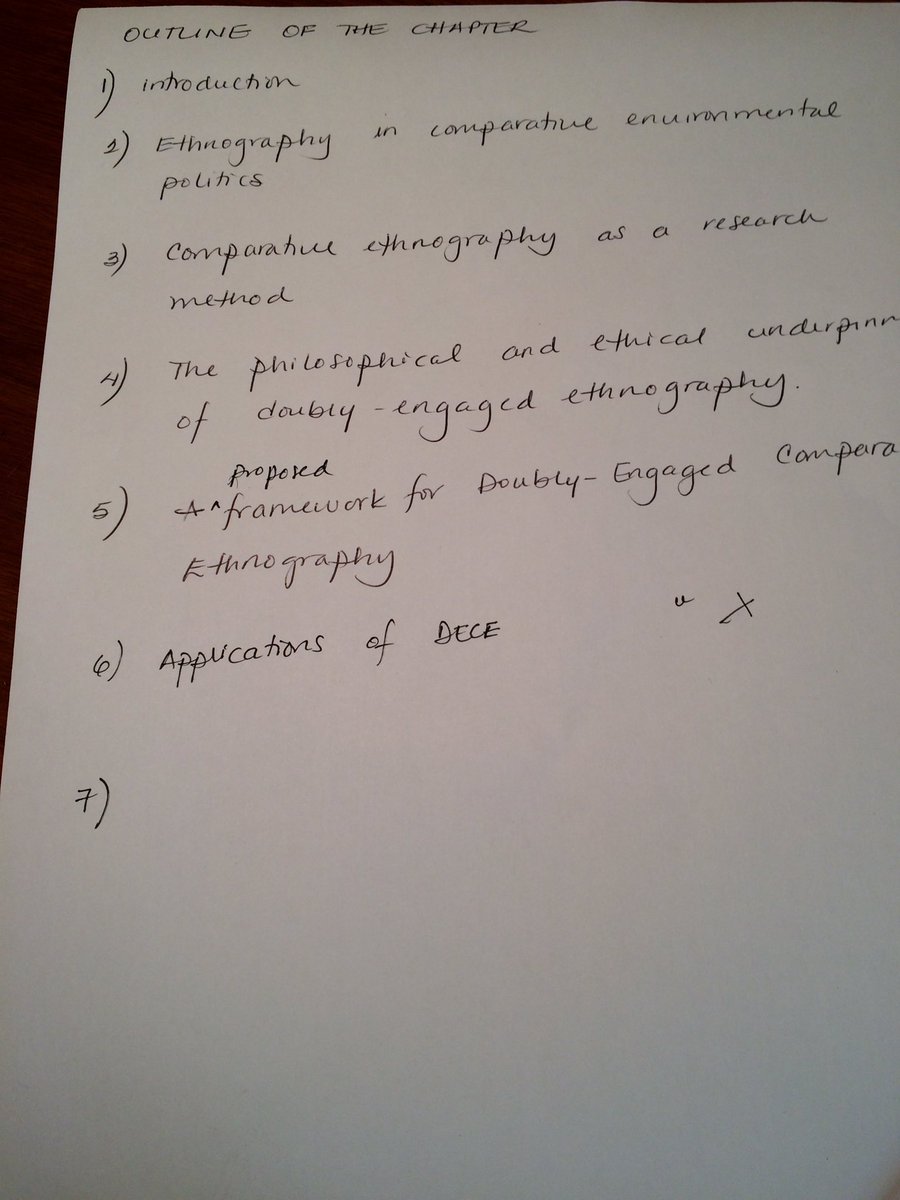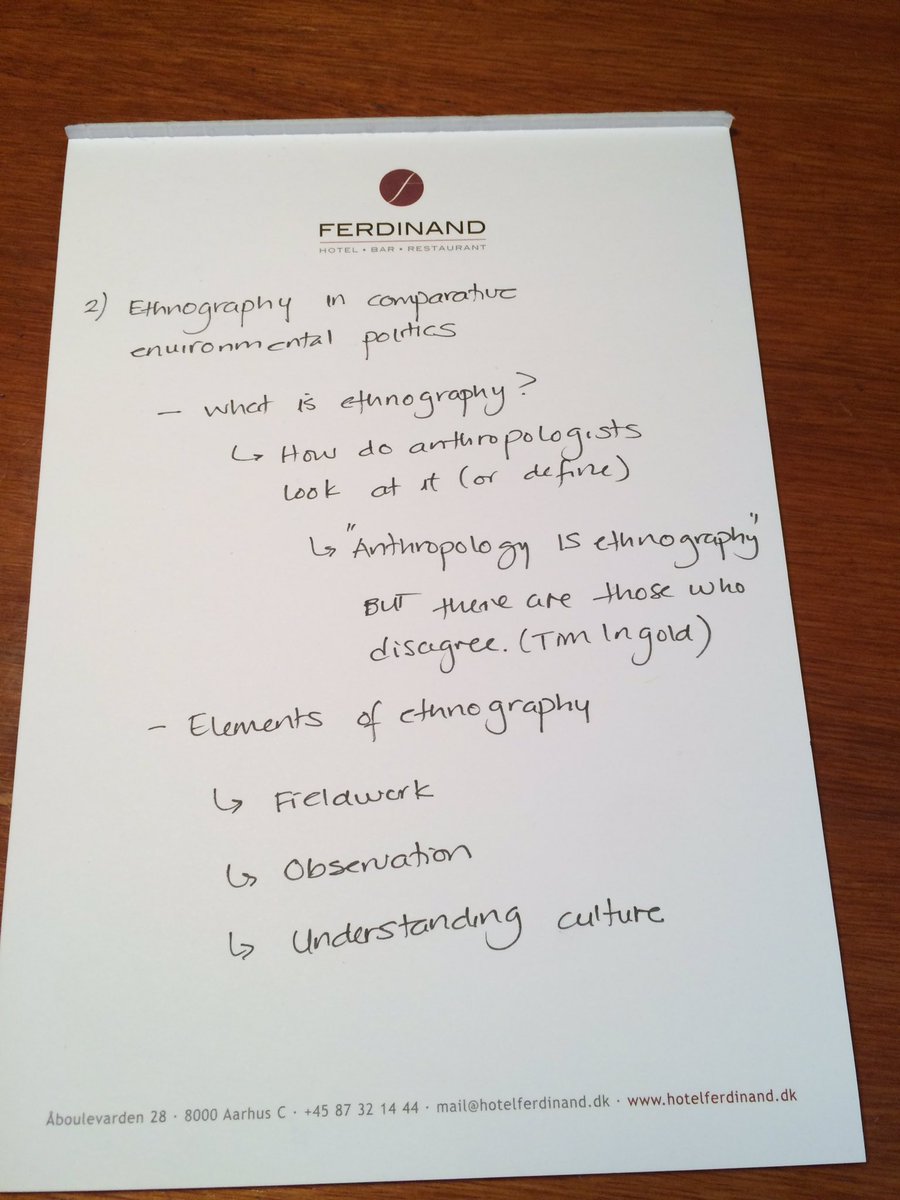
El día de hoy di una clase en el curso conjunto de @CPliscoff de @EGGP_UCHILE y @psanabria de @GobiernoUAndes a la cual invité a mis estudiantes de @FlacsoMx (y colegas y estudiantes de otras universidades a quienes superviso).
Hablé del saneamiento y suministro de servicios.
Hablé del saneamiento y suministro de servicios.
Una pregunta que me hicieron en la clase me dejó un poco preocupado porque he oído a estudiantes de políticas y administración pública que dicen “el gobierno no PUEDE ofrecer un servicio público como la provisión de baños públicos universal”.
Casi me da el soponcio
Casi me da el soponcio
El gobierno tiene entre sus muchas funciones el proveer servicios públicos a la sociedad. Decir que “el gobierno no PUEDE ofrecer servicios” lo exime, incorrecta e indebidamente, de su responsabilidad.
https://twitter.com/raulpacheco/status/1310998907640573954
El gobierno tiene la responsabilidad de suministrar servicios públicos. Cuando falta capital humano especializado, o el costo de infraestructura es más elevado que un cierto límite arbitrario, el gobierno puede tomar la decisión de concesionar el servicio público.
PERO...
PERO...
• • •
Missing some Tweet in this thread? You can try to
force a refresh




